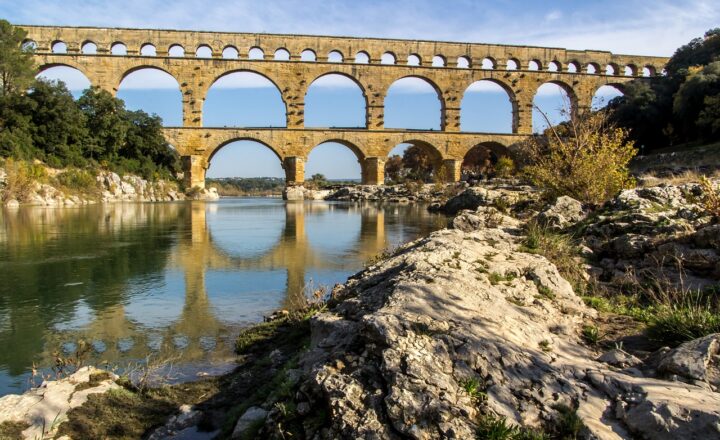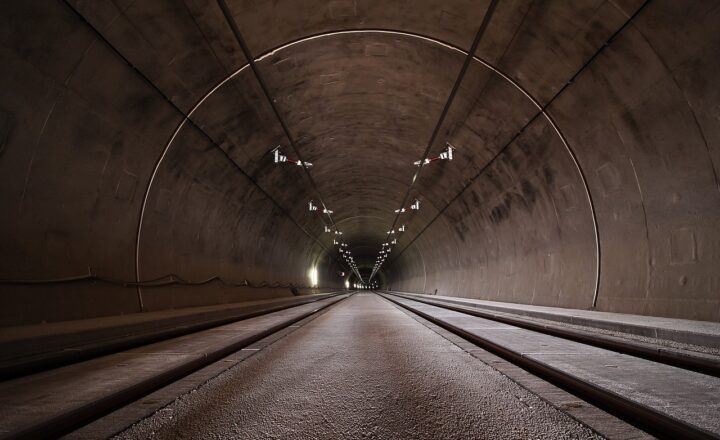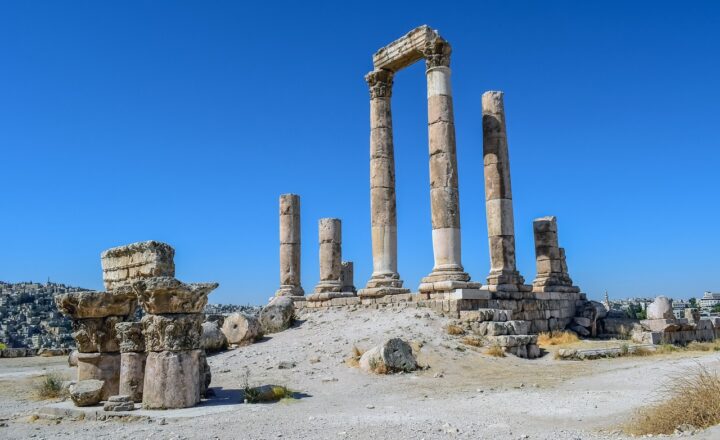How Ancient Roman Innovations Shaped Modern Infrastructure, Politics, and Society
November 11, 2024

The Roman Empire, one of the most influential civilizations in history, left an indelible mark on the world, particularly in the realms of infrastructure, politics, and societal organization. Their innovations and approaches to governance were not merely effective during their time but planted the seeds for modern practices across the globe. This article explores how ancient Roman innovations have shaped the ways we construct our cities, govern our states, and organize our societies today.
1. Engineering Marvels: The Blueprint of Modern Infrastructure
Roman engineering was characterized by pragmatic and innovative practices that have transcended time.
1.1 Roads and Highways
One of the most significant contributions of the Romans to the infrastructure of modern society is their road system. The Romans constructed over 250,000 miles of roads, many of which are still in use today. These roads facilitated trade, military movement, and communication, forming the backbone of their empire. The phrase ‘All roads lead to Rome’ encapsulates the centrality of Rome in this vast network. Modern highways owe much to Roman road-building techniques, emphasizing durability and efficiency, with layered surfaces and proper drainage that allow for long-term use.
1.2 Aqueducts: The Foundation of Modern Water Supply
Another impressive feat of Roman engineering is the aqueduct system, which delivered fresh water from distant sources to urban centers. This innovation fundamentally changed urban living, allowing for public baths, fountains, and sewage systems. The principles behind aqueduct construction—gravity flow, arches, and precise surveying—are foundational to modern plumbing and civil engineering projects today. Cities such as Los Angeles and New York have adopted similar methods to ensure a steady water supply for their growing populations.
1.3 Concrete: Revolutionizing Construction
The widespread use of concrete in Roman construction allowed for innovative building designs and durable structures that have stood the test of time. Famous structures like the Pantheon and the Colosseum are testaments to the strength and versatility of Roman concrete. Modern architecture continues to build upon these principles, utilizing advanced concrete technology to create complex structures that remain resilient under various environmental conditions.
2. Political Innovations: Foundations of Governance
The political system of Ancient Rome was both sophisticated and impactful, serving as a template for many modern governments.
2.1 The Concept of Republicanism
The Roman Republic introduced a form of governance where citizens had a voice in decision-making through elected representatives. This concept of republicanism influenced the development of democratic systems worldwide, inspiring the framers of the United States Constitution and many other democratic nations.
The Roman Senate, a deliberative assembly, is a precursor to modern legislative bodies, showcasing the importance of checks and balances within government operations.
2.2 Legal Frameworks and the Codification of Law
The Romans were pioneers in law, establishing a comprehensive legal code known as the Twelve Tables. This work provided the foundation for legal principles still in use today, such as the idea of legal rights and the concept of justice being accessible to all citizens. Modern legal systems around the world are influenced by Roman law, particularly in the areas of contracts, property, and personal rights.
2.3 Citizenship and Participation
Rome pioneered the idea of citizenship, extending privileges and responsibilities to those who were part of the state. The concept of citizenship has evolved but remains a critical aspect of how modern states interact with their populations. The inclusiveness of citizenship principles seen in modern democracies can trace their roots back to Roman practices, with evolving definitions based on social status, gender, and race.
3. Cultural Contributions: Shaping Society
Roman cultural legacies, including language, art, and social structures, continue to influence societies around the world.
3.1 Language and Communication
Latin, the language of the Romans, is the root of the Romance languages—Italian, French, Spanish, Portuguese, and Romanian. The linguistic structures and vocabulary introduced by Latin have significantly shaped many modern languages. The influence persists in legal, scientific, and religious terminologies, demonstrating the enduring impact of Roman culture on contemporary communication.
3.2 Architectural Aesthetics
Roman architecture, characterized by its grandeur and innovative use of space, has influenced countless structures worldwide. Elements such as arches, domes, and columns have become staples in modern architecture, showcasing the aesthetic influence of Roman design. Buildings like the U.S. Capitol and many neoclassical government buildings reflect the enduring admiration of Roman architectural principles.
3.3 Urban Planning and Public Spaces
The layout of Roman cities was intentional and strategic, focusing on accessibility and functionality. The Roman forum served as a vital public space for commerce and political activities, mirroring how modern cities prioritize public squares and gathering spaces. Principles of urban planning introduced by the Romans, such as zoning and infrastructure connectivity, remain essential in contemporary city designs.
Conclusion
The legacy of Ancient Rome is a tapestry of innovations that have profoundly shaped modern infrastructure, governance, and society. From their advanced engineering techniques to the foundations of democratic governance and aspects of culture, the Romans set the groundwork for advancements that continue to influence the world today. As we navigate the challenges of modernity, reflecting on the lessons learned from the Roman Empire can provide valuable insights into building more effective, inclusive, and resilient societies for future generations. As we move towards innovation and progress, it remains essential to acknowledge the enduring legacy of Rome in shaping our present and future.








